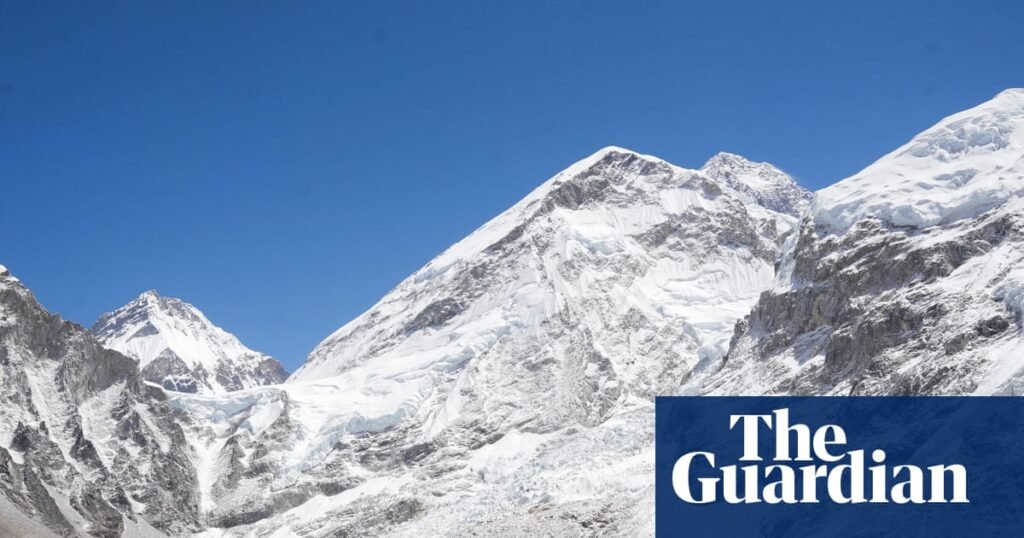Rescue Operations Underway on Mount Everest Amid Severe Snowstorm
Rescue efforts are currently underway on Mount Everest, where a severe snowstorm has left nearly 1,000 trekkers stranded at various campsites on the eastern side of the mountain. This urgent situation has been reported extensively by Chinese state media, highlighting the scale of the rescue operation required.
Overview of the Situation
According to reports, the blizzard that struck the eastern face of the mountain in Tibet began on Friday evening and persisted throughout Saturday. The unusual weather conditions, characterized by heavy snowfall, have significantly hampered the mobility of numerous individuals enjoying the National Day holiday in China.
As of Sunday, approximately 350 trekkers have successfully reached Qudang, a local township. Rescue teams have established contact with more than 200 remaining trekkers, according to China Central Television (CCTV). Hundreds of locals and rescue teams have been mobilized to clear the snow blocking access to the area.
Details of the Rescue Operations
Local government officials have organized a structured rescue operation to assist the stranded trekkers. Rescuers are guiding groups of individuals back to safety, with reports indicating that conditions are precarious due to wet and cold weather. Chen Geshuang, a member of a trekking team, expressed his concerns regarding hypothermia during the strenuous journey. "The weather this year is not normal," said Chen. "It happened all too suddenly."
Effects of the Weather
The trekking area in the Karma Valley, situated at an average elevation of 4,200 meters (13,779 feet), experienced significant snowfall and heavy rain over the weekend. This unexpected weather event has left many trekkers, including local guides and support staff, in uncertain conditions. The complete status of all trekkers is still being assessed, particularly those situated near the north face of Everest.
The snowstorm’s impact has led to the suspension of ticket sales and entry into the entire Everest scenic area, as informed by local tourism authorities in Tingri County. This swift decision emphasizes the seriousness of the situation and the efforts being taken to ensure everyone’s safety.
Wider Impact of Extreme Weather
The extreme weather is not confined to Everest alone. To the south in Nepal, heavy rains have caused landslides and flash floods, blocking roads and tragically resulting in at least 47 fatalities since Friday. These adverse conditions have affected communities significantly, with thirty-five individuals confirmed dead in landslides occurring in the eastern Ilam district, near the border with India.
Reports indicate that additional fatalities have occurred due to lightning strikes in India, underscoring the severity of the weather systems affecting the region.
Conclusion
The ongoing rescue operations on Mount Everest are critical as officials work tirelessly to ensure the safe retrieval of everyone stranded. The unusual meteorological conditions this October have caught trekkers and guides off guard, leading to significant risks associated with hypothermia and treacherous travel.
Awareness of these extreme weather patterns is vital for planning future expeditions, as the risks posed by Mother Nature can escalate rapidly. For those planning to visit the majestic Mount Everest or surrounding areas, staying informed about the current conditions is essential for safety.
For more information on Mount Everest, visit the official Mount Everest page. You can also read about the recent weather patterns and their implications in Tibet and Nepal.


